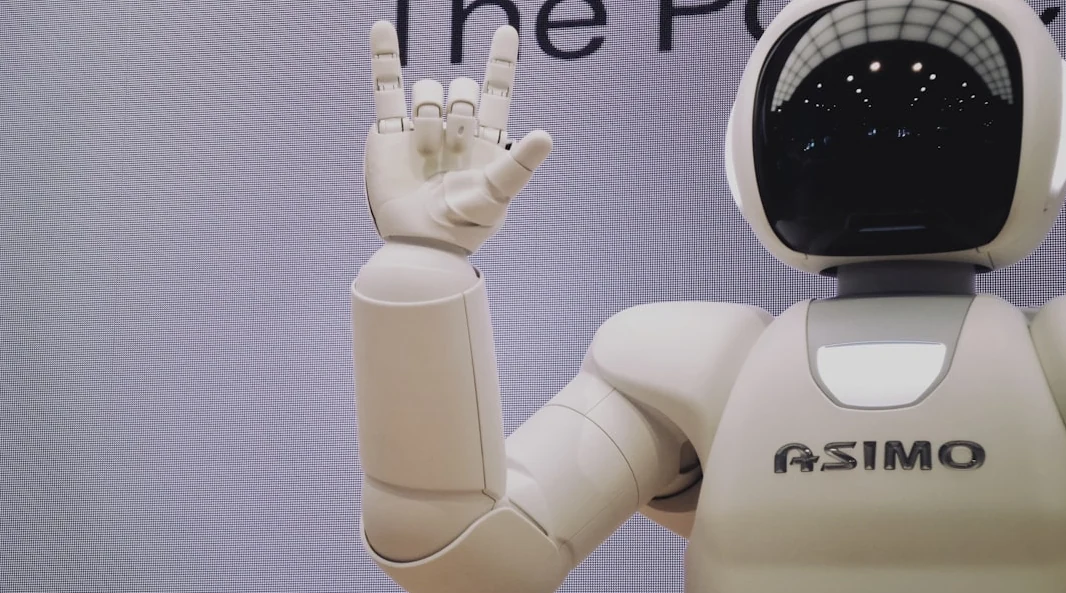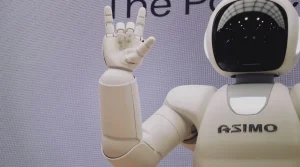Case Studies: Businesses That Successfully Implemented AI to Human Workflows
Case Studies: Businesses That Successfully Implemented AI to Human Workflows
Did you know that 77% of companies are already using or exploring AI, yet only 23% have successfully integrated AI into their business processes? The gap between AI adoption and effective implementation reveals a critical truth: success lies not in replacing humans with machines, but in creating seamless workflows where artificial intelligence amplifies human capabilities.
The most successful AI implementations don’t eliminate the human element—they enhance it. Companies that thrive in the AI era understand that the magic happens when intelligent automation handles routine tasks while humans focus on strategic thinking, creativity, and relationship building. Let’s explore how forward-thinking businesses have mastered this delicate balance.
The Netflix Revolution: Personalization at Scale
Netflix transformed from a DVD-by-mail service to a streaming giant by perfecting the art of AI-human collaboration. Their recommendation engine processes viewing data from over 230 million subscribers, but the real genius lies in how they combine algorithmic insights with human creativity.
The company’s content acquisition team uses AI to analyze viewing patterns, predict demand, and identify content gaps. However, the final decisions about which shows to produce or acquire still rely on human intuition and cultural understanding. This hybrid approach has resulted in hit original series like “Stranger Things” and “The Crown,” which might never have existed through purely algorithmic decision-making.
Key Implementation Strategies:
- AI handles data processing and pattern recognition across millions of user interactions
- Human executives interpret cultural trends and make creative decisions
- Continuous feedback loops between AI insights and human judgment
- Regular testing and refinement of recommendation algorithms based on user satisfaction
Starbucks: Brewing the Perfect Customer Experience
Starbucks has masterfully integrated AI into their customer service workflow through their Deep Brew platform, which powers everything from personalized marketing to inventory management. The coffee giant uses machine learning to analyze customer preferences, purchase history, and even weather patterns to create individualized experiences.
However, the human touch remains central to their strategy. Baristas receive AI-generated insights about customer preferences, but they use this information to enhance personal interactions rather than replace them. When a regular customer approaches the counter, the barista might know their usual order through AI, but the warm greeting and genuine conversation remain authentically human.
Workflow Integration Benefits:
- Predictive Ordering: AI forecasts demand to reduce waste and ensure popular items are always available
- Personalized Recommendations: Machine learning suggests new products based on individual taste profiles
- Optimized Staffing: Algorithms predict busy periods to ensure adequate coverage
- Enhanced Training: AI identifies skill gaps and recommends targeted training for employees
Salesforce: Redefining Customer Relationship Management
Salesforce Einstein represents one of the most sophisticated examples of AI-human workflow integration in the business software space. The platform doesn’t replace sales representatives—it makes them more effective by providing intelligent insights and automating routine tasks.
Sales teams receive AI-powered lead scoring, opportunity insights, and next-best-action recommendations. Meanwhile, customer service representatives get intelligent case routing and suggested solutions. The human element remains crucial for building relationships, negotiating deals, and handling complex customer issues that require empathy and creative problem-solving.
The results speak for themselves: companies using Salesforce Einstein report a 30% increase in leads, 25% increase in opportunities, and 20% increase in revenue. More importantly, sales representatives report higher job satisfaction because they spend more time on meaningful interactions and less time on data entry.
JPMorgan Chase: Transforming Financial Services
The financial services industry has embraced AI-human workflows to enhance both efficiency and security. JPMorgan Chase’s COIN (Contract Intelligence) platform exemplifies this approach by automating document analysis while keeping human experts in the loop for complex decisions.
COIN can review commercial loan agreements in seconds—a task that previously required 360,000 hours of lawyer time annually. However, the system flags complex or unusual clauses for human review, ensuring that nuanced legal interpretation remains in expert hands. This hybrid approach has reduced errors, accelerated processing times, and allowed legal professionals to focus on higher-value strategic work.
Implementation Lessons:
- Start with clearly defined, repetitive tasks that benefit from automation
- Maintain human oversight for complex or high-stakes decisions
- Invest in employee training to help teams work effectively with AI tools
- Continuously monitor and refine AI performance based on human feedback
Common Success Factors Across Industries
Analyzing these successful implementations reveals several common patterns that any organization can apply:
1. Strategic Integration Over Replacement
Successful companies view AI as a tool to enhance human capabilities rather than replace them. They identify specific tasks where AI excels—data processing, pattern recognition, routine analysis—while preserving human roles in areas requiring creativity, empathy, and strategic thinking.
2. Continuous Learning Culture
Organizations that succeed with AI foster a culture of continuous learning. They invest in employee training, encourage experimentation, and create feedback loops between AI systems and human users. This approach ensures that both technology and human skills evolve together.
3. Clear Governance and Ethics
Successful AI implementations include robust governance frameworks that address bias, transparency, and accountability. Human oversight ensures that AI decisions align with company values and ethical standards.
Overcoming Common Implementation Challenges
While these success stories are inspiring, the path to effective AI-human workflow integration isn’t without obstacles. Here are the most common challenges and how leading companies address them:
- Employee Resistance: Address fears through transparent communication about AI’s role in enhancing rather than replacing jobs
- Data Quality Issues: Invest in data governance and cleaning processes before implementing AI solutions
- Integration Complexity: Start with pilot programs and gradually scale successful implementations
- ROI Measurement: Establish clear metrics for both quantitative results and qualitative improvements in employee satisfaction
Key Takeaways for Your Organization
The most successful AI implementations share several critical characteristics that any organization can emulate. First, they maintain a human-centric approach that views AI as a powerful tool for augmenting human capabilities rather than replacing them entirely. These companies invest heavily in change management and employee training to ensure smooth transitions and buy-in from their workforce.
Second, successful organizations start small with pilot programs, allowing them to learn and iterate before scaling across the entire business. They also establish clear governance frameworks that address ethical considerations and ensure AI decisions align with company values.
Finally, the most effective AI-human workflows are built on a foundation of continuous improvement. Companies regularly collect feedback from both AI systems and human users, using these insights to refine processes and enhance performance over time.
The future belongs to organizations that can successfully blend artificial intelligence with human intelligence. By learning from these case studies and applying their proven strategies, your business can create workflows that leverage the best of both worlds—the efficiency and scalability of AI combined with the creativity, empathy, and strategic thinking that only humans can provide.








